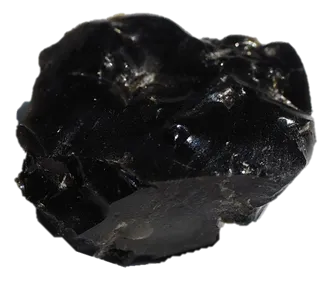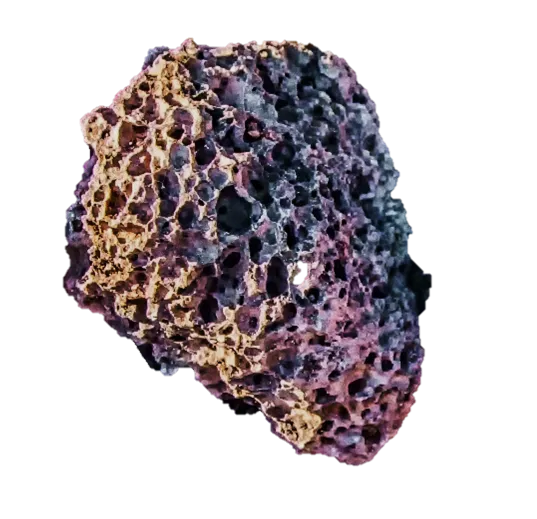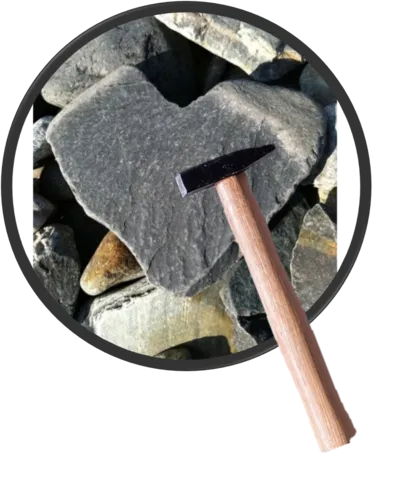May not work well on mobile device try to look at it in desktop mode to view.

Obsidian
(/ˌɒbˈsɪdiən/; /əb-/) is a naturally occurring volcanic glass formed when lava extruded from a volcano cools rapidly with minimal crystal growth. It is an igneous rock. Obsidian is produced from felsic lava, rich in the lighter elements such as silicon, oxygen, aluminum, sodium, and potassium. It is commonly found within the margins of rhyolitic lava flows known as obsidian flows. These flows have a high content of silica, giving them a high viscosity. The high viscosity inhibits diffusion of atoms through the lava, which inhibits the first step (nucleation) in the formation of mineral crystals. Together with rapid cooling, this results in a natural glass forming from the lava. It is hard, brittle, and amorphous; it can fractures wielding sharp edges. It has been used in the past as cutting and piercing tools, and it has been used experimentally as surgical scalpel blades.






